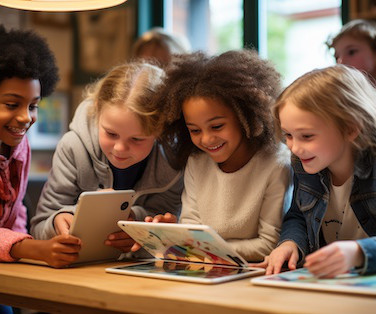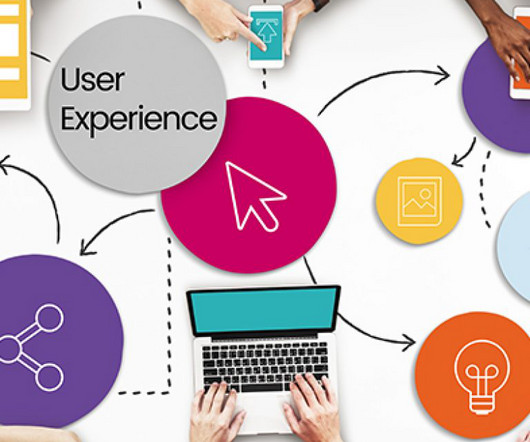3 educational technology tools to be thankful for
eSchool News
NOVEMBER 21, 2017
These devices and the included applications like Google Docs support collaborative learning. trillion in American Internet infrastructure have helped to improve broadband speed by 660 times since 2002. K-12 schools. However, investments of over $1.5 These efforts now provide 39.2 million students, 2.6 million teachers, and 73.9



















Let's personalize your content